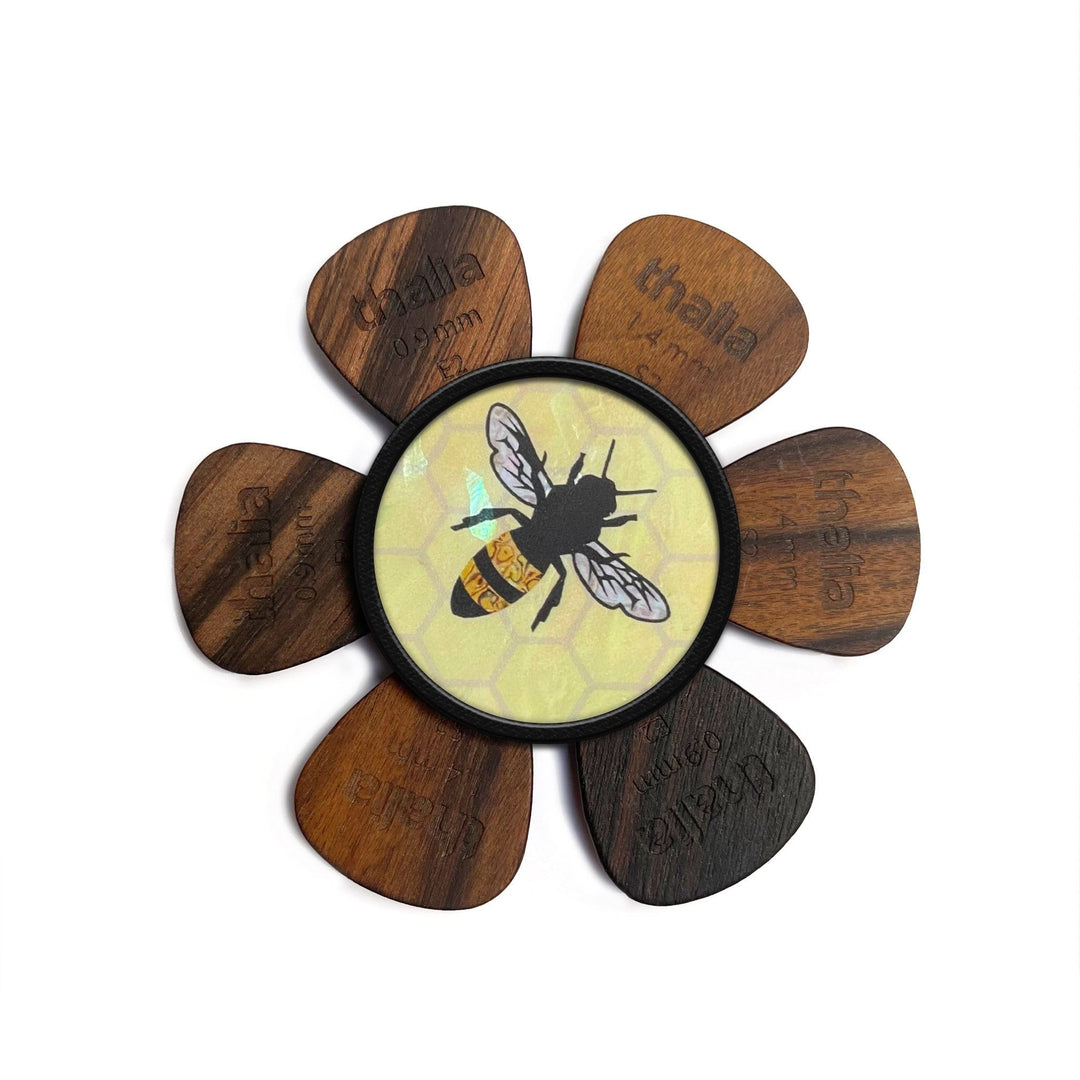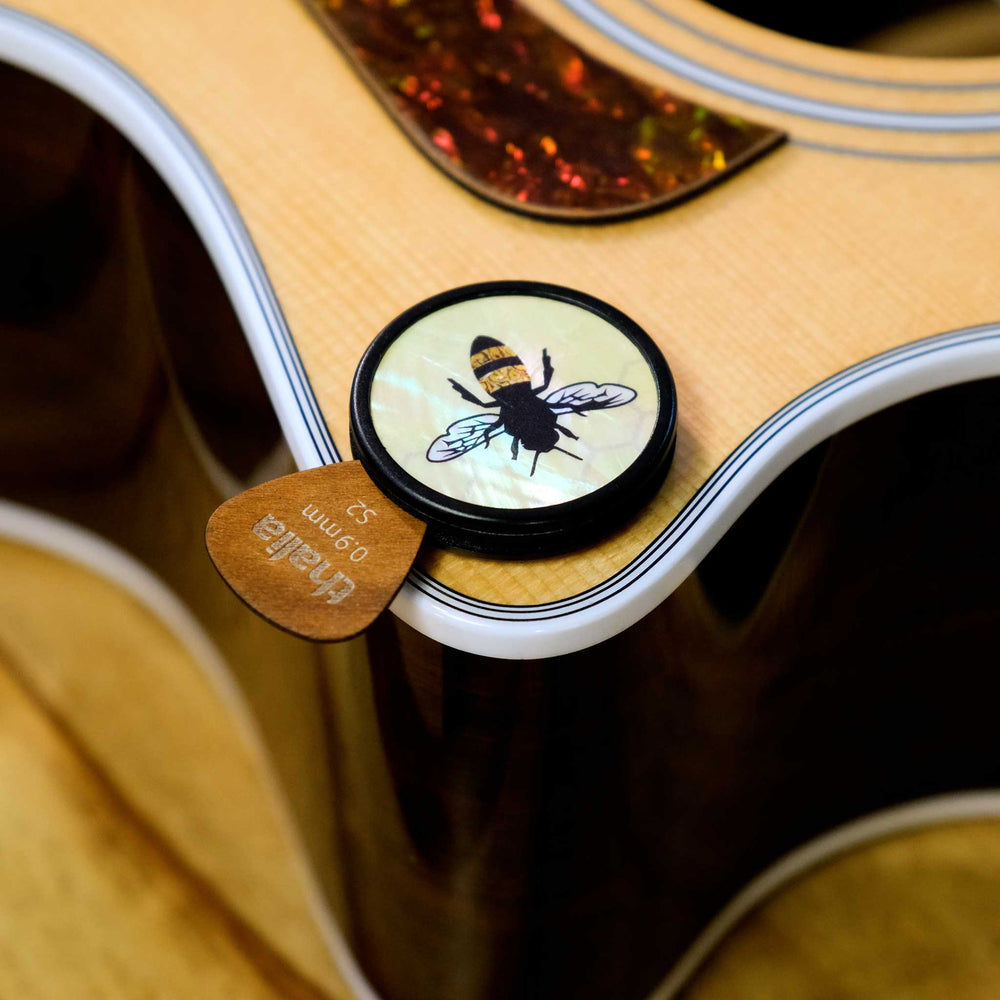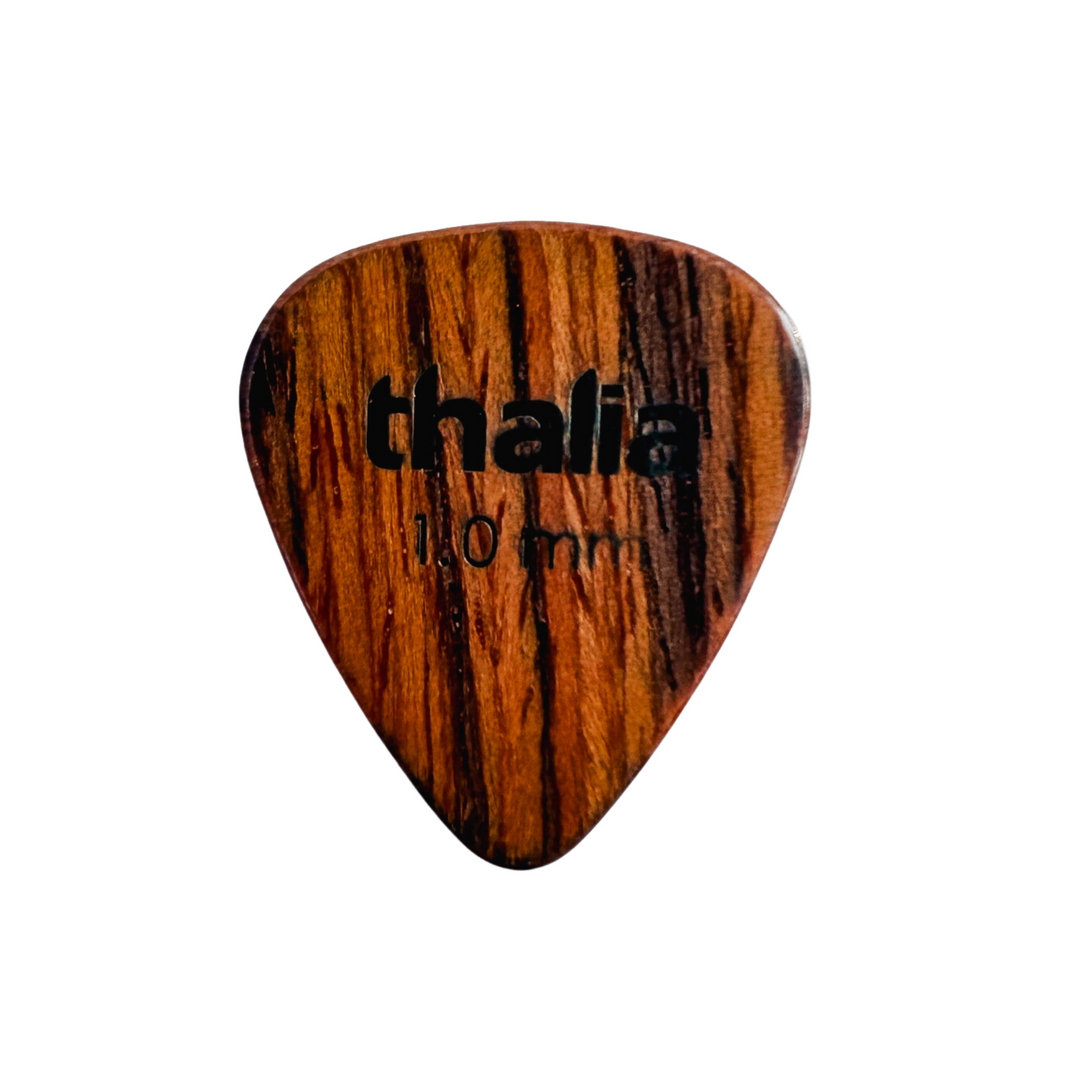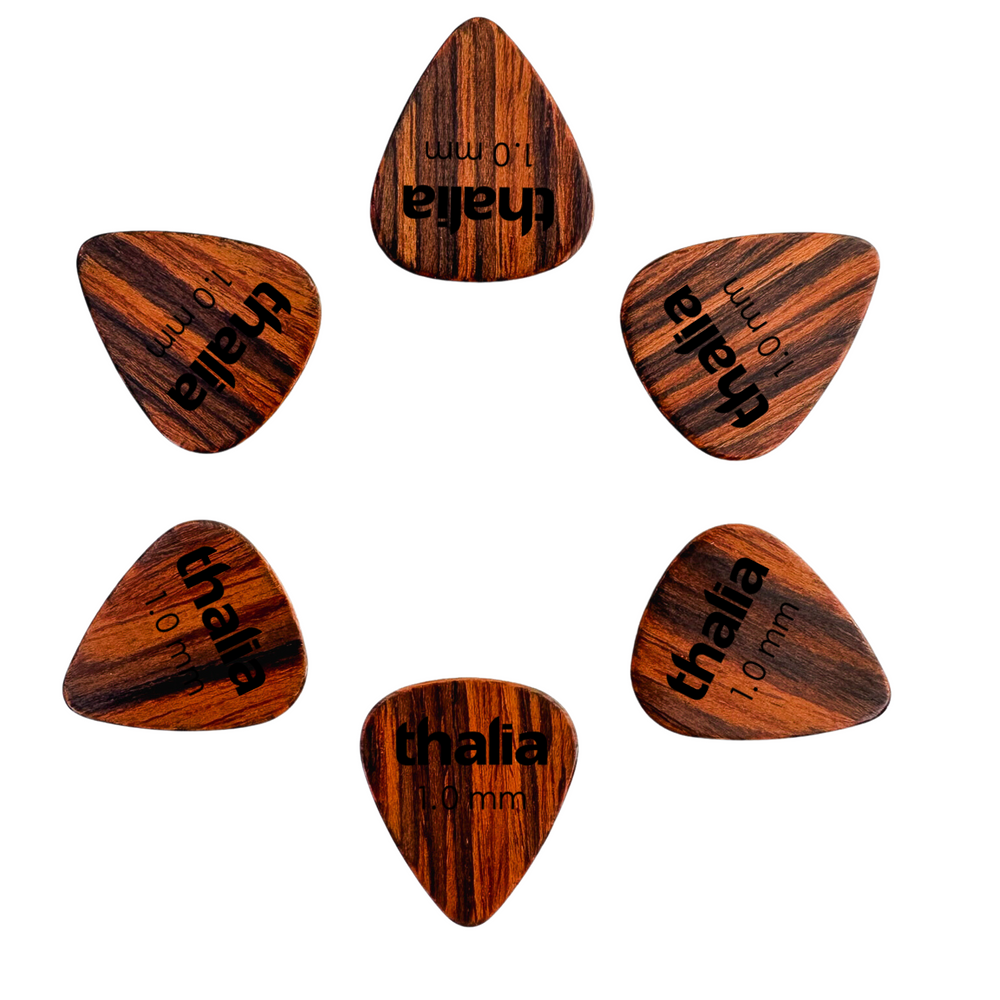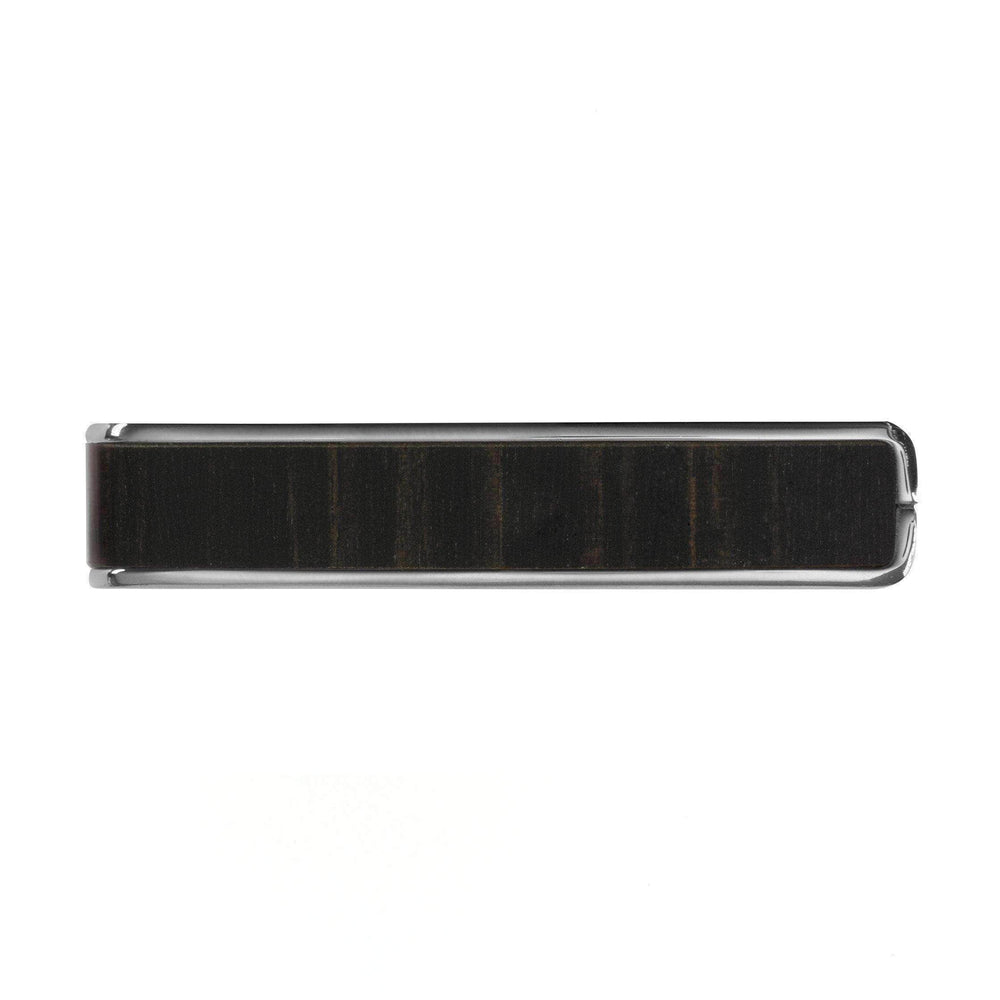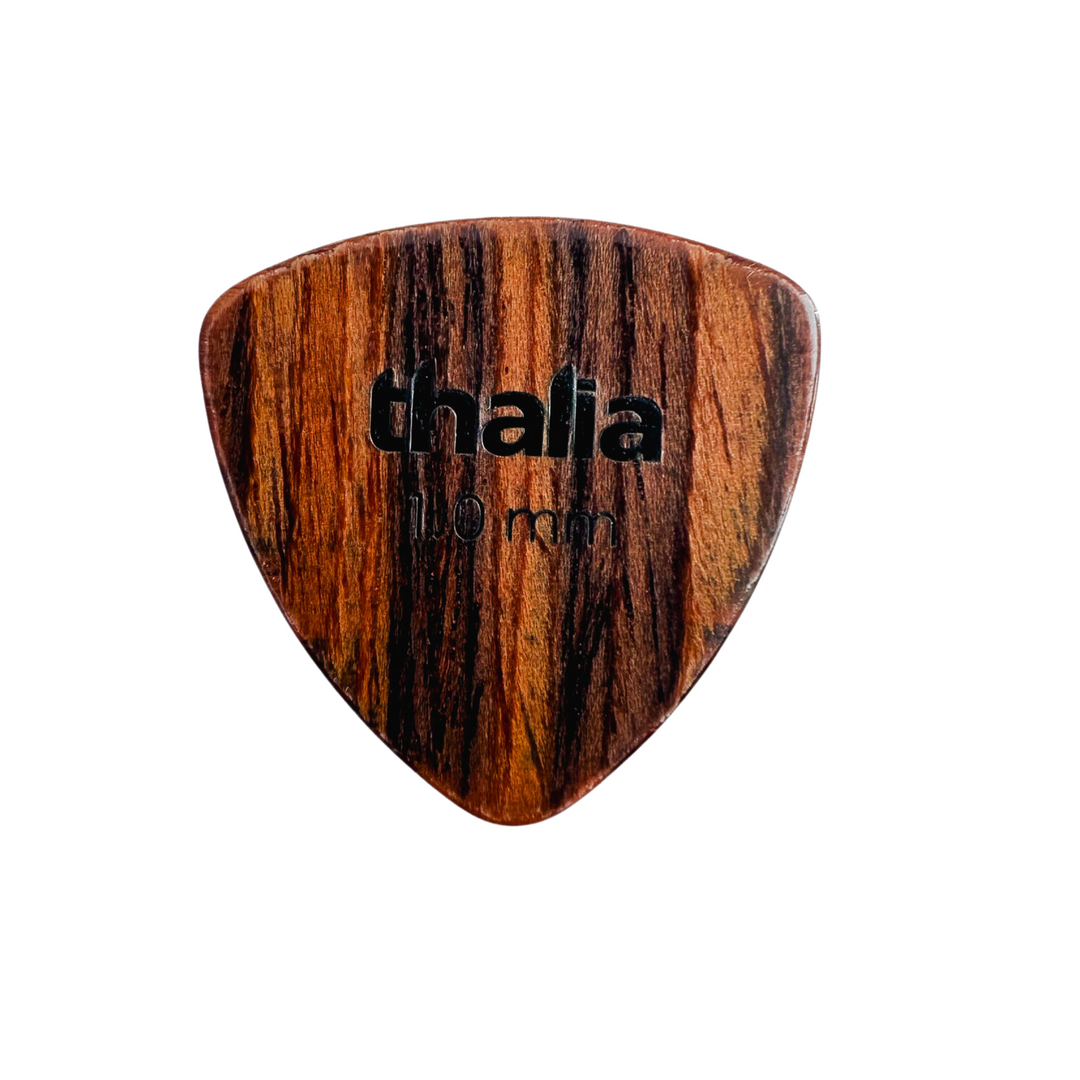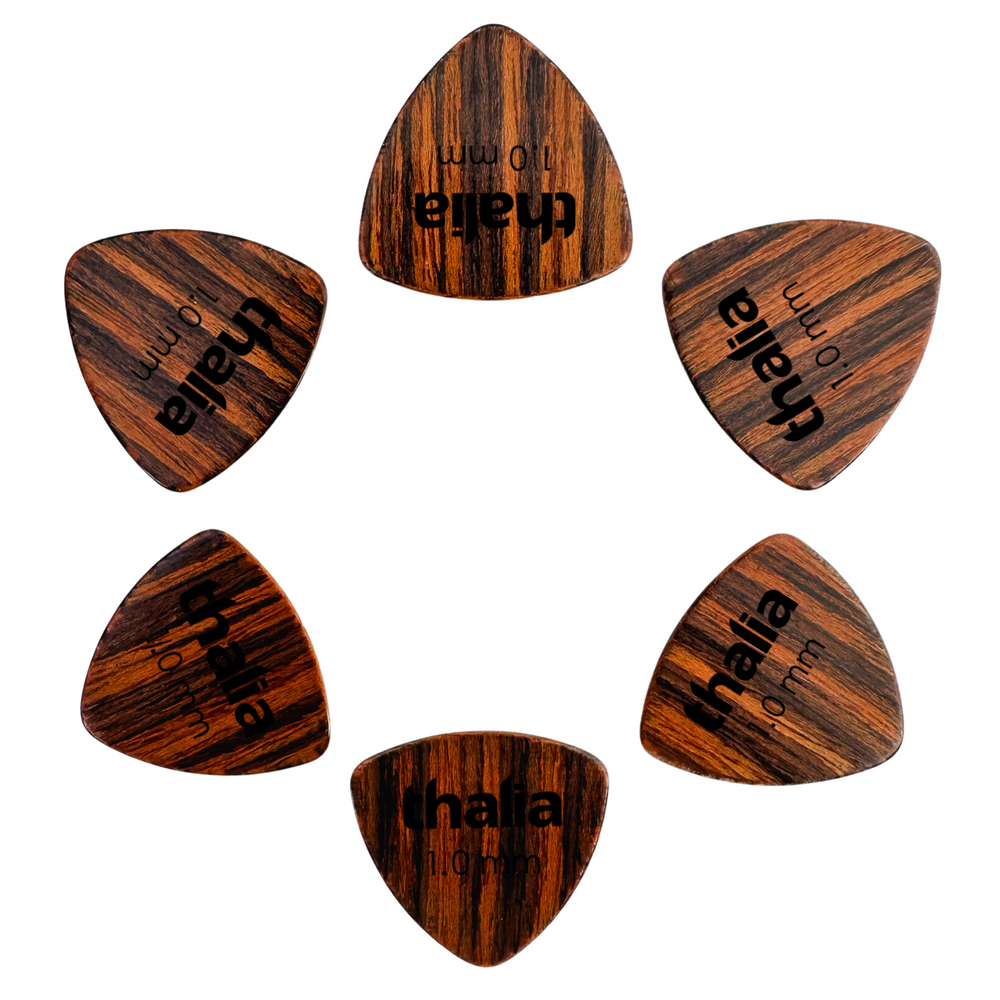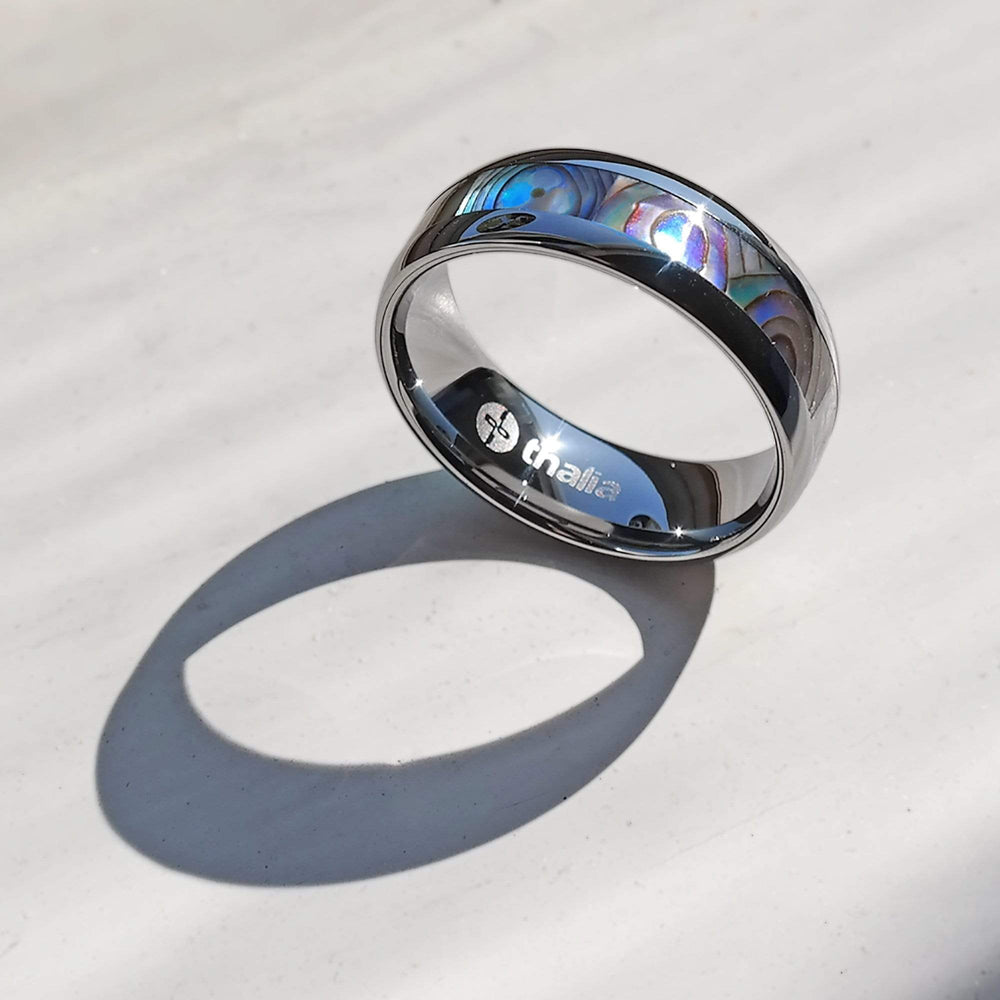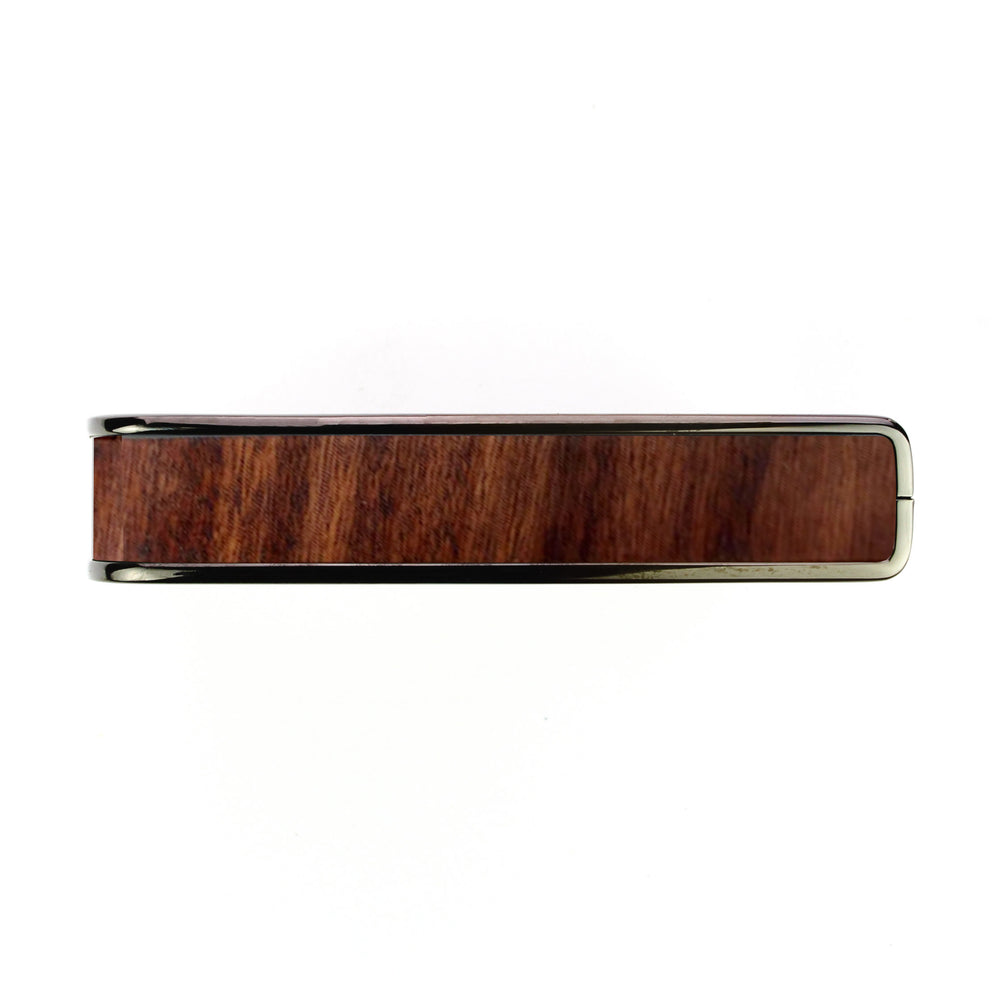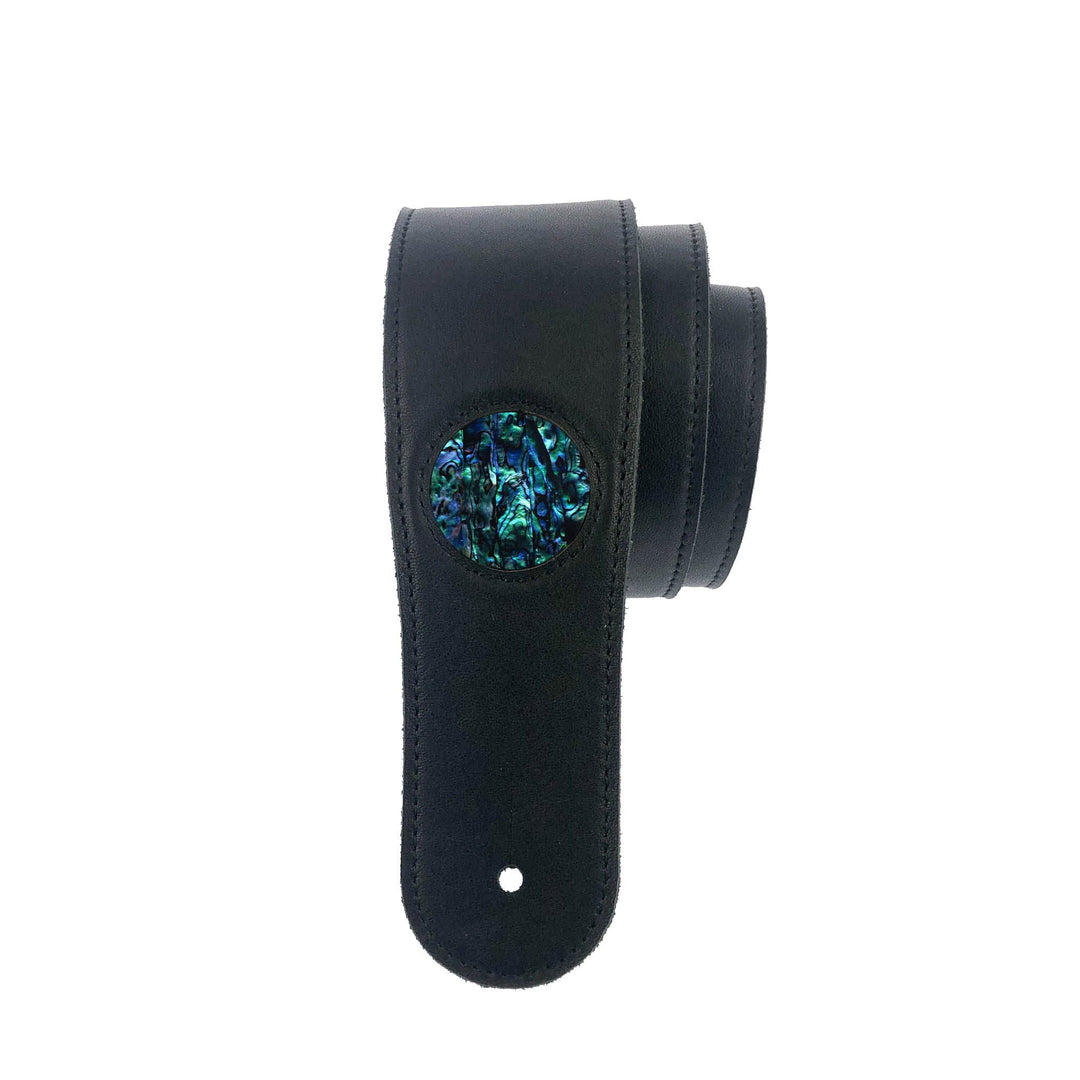Jimmy Page: Three Guitar Techniques

If you’re playing electric guitar in 2019, you owe a debt to Jimmy Page.
The Led Zeppelin axe-slinger is so influential that his DNA can be found across the full range of guitar-based popular music that came in his wake.
His playing is instantly recognizable. But, if you’ve ever sat down and tried to really learn a Jimmy Page riff, lick, or solo, you’ll know that it’s no mean feat.
Page brings such a unique character to his playing. His riffs are iconic, but not always easy to master. And his solos, with their edge-of-your-seat intensity, hide their undeniable virtuosity under the guise of down n’ dirty rock n’ roll.
 Today, we’re getting to grips with three of the guitar techniques that make Pagey such a master of his instrument. Whether you’re a Led Zeppelin disciple, or just want to give your playing a bit of that Jimmy flair, they’re worth checking out.
Today, we’re getting to grips with three of the guitar techniques that make Pagey such a master of his instrument. Whether you’re a Led Zeppelin disciple, or just want to give your playing a bit of that Jimmy flair, they’re worth checking out.
Smearing
One of the most unique characteristics of Jimmy Page’s guitar playing was his penchant for smearing notes.
When playing pentatonic licks, rather than picking out each individual note, Jimmy often smeared his pick across the strings. Listening back, it almost sounds like a sweep picking, rake-like motion.
And, Tyler Larson of Music is Win highlights, Page’s note smearing was a huge component in the attitude of his lead playing:
“He wasn’t afraid to miss notes. He was always on the beat, was always in time and always intonated perfectly. But, he also played on the edge, at the very top of his potential, meaning he would constantly be pushing himself. When you’re watching him play, it’s like “is he going to complete this phrase? Oh man” and he keeps completing the phrase and you’re like “oh man, what’s happening?” it’s like a freight train running.”
For an iconic example, check out the frenetic flurry of notes during Page’s solo section in “Heartbreaker” from “Led Zeppelin II”:
Here, those smeared notes really bring that unmistakable Page swagger.
Minor/Major Blending
Alongside smearing, one of the tricks Page often employed to create truly memorable solos was the blending of minor and major pentatonic box patterns.
To do this, he simply moves a given minor pentatonic box pattern down three frets, which transforms it into a major pentatonic box pattern in the same key.
 Or, as Guitar World puts it:
Or, as Guitar World puts it:
“The fingering patterns are identical, but… the notes assume different harmonic functions. This simple three-fret transposition enables Jimmy to transform minor pentatonic licks into major pentatonic licks (and vice versa) in the same key using the same fretboard shapes and fingering patterns.”
For an example of this used to great effect, check out Jimmy’s solo in “Communication Breakdown” from “Led Zeppelin I.” Here, he kicks off riffing on some dark sounding E minor pentatonic blues in the 12th position, but then transforms the solo by moving to E major; using the exact same pattern in the 9th position. The impact is transformative, giving the solo a depth of character that’s unmistakably Page.
Badass Bends
Another core component in Jimmy Page’s guitar playing is his unique use of bends.
There are three types to consider here. The first is the bending into a chord that you hear on tracks like “Black Dog.” The effect is a massive sounding rhythm part, likely employed by Page to fill out the sound in the three-piece instrumental band.

Then there’s behind the nut bends, like those used in the “Heartbreaker” solo. Here’ Pagey bends the note up by a major third to startling effect. As Music Radar notes:
“Behind the nut bends have been employed by country guitarists forever! Often bending by a semi-tone or a tone to create tension and resolution on regular or open string chords. However, Jimmy took doing this to a whole new level.”
Pushing these kinds of bends might wreak havoc on untrained fingertips. But trust us, it’s worth building up your callouses for sounds like these.
Finally, there’s the small bends against the open string, most prominently heard in the intro to “Whole Lotta Love.” Like the bending into a chord heard on “Black Dog,” this was probably employed to embiggen the guitar sound. In this instance, though, it also adds a bit of dissonance, giving the riff its unique swagger. Try playing it with – then without – that small bend and you’ll see what I mean.
What are your favorite Jimmy Page techniques? How do you channel his sound in your playing? And what do you think is the greatest Led Zeppelin guitar moment of all time?
As always, share your stories in the comments!








